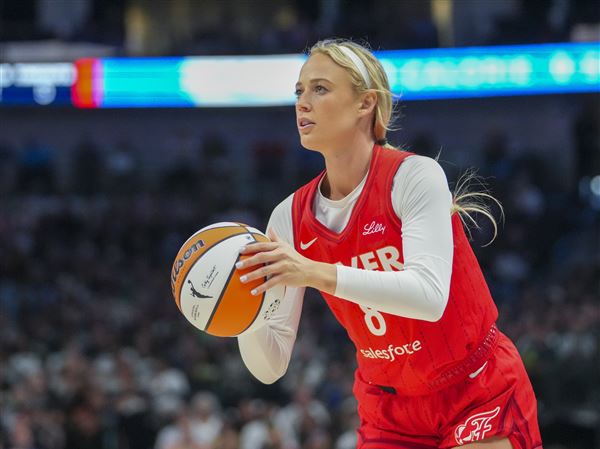MINNEAPOLIS — On Monday, the Women’s National Basketball Association (WNBA) revealed its ambitious plan to expand the league by adding three more teams by 2030. This announcement has sparked a debate within the basketball community, particularly concerning the proposed locations in Cleveland and Detroit.
The league’s expansion strategy aims to increase its footprint and fan base across the United States. However, prominent WNBA player and Minnesota Lynx star, Sylvia Fowles, has raised concerns about the viability and timing of these new teams.
Expansion Strategy and Player Concerns
The WNBA’s decision to introduce new teams is part of a broader effort to grow the sport and enhance its competitive landscape. However, Fowles expressed skepticism about the league’s ability to support additional teams without compromising the quality of play and the financial sustainability of existing franchises.
“While growth is essential, we must ensure that new teams have the resources and support they need to thrive,” Fowles stated in a recent interview. “Rushing into expansion could dilute the talent pool and strain the league’s infrastructure.”
Historical Context and Market Viability
The WNBA’s expansion plans are not without precedent. The league has previously added teams, such as the Atlanta Dream in 2008 and the Dallas Wings in 2016, both of which have faced challenges in establishing a strong fan base and financial stability.
Cleveland and Detroit, the proposed locations, have a rich history in professional basketball. Detroit was home to the Detroit Shock, a successful WNBA team that won three championships before relocating to Tulsa in 2010. Meanwhile, Cleveland has been without a WNBA team since the Cleveland Rockers folded in 2003 due to financial difficulties.
“The success of new teams will heavily depend on market research and community engagement,” said sports economist Dr. Lisa Delpy Neirotti. “Both cities have passionate basketball fans, but the league must ensure there’s a sustainable business model in place.”
Implications for the League and Players
The addition of new teams could bring fresh opportunities for players, coaches, and local economies. However, it also poses challenges, such as maintaining competitive balance and ensuring player safety and welfare in a rapidly expanding league.
According to sources within the league, the WNBA is considering various measures to support new teams, including increased revenue sharing, enhanced marketing efforts, and partnerships with local businesses and community organizations.
Meanwhile, the players’ union is advocating for comprehensive planning and investment in player development to ensure the league’s expansion does not compromise the quality of the game.
By the Numbers: The WNBA currently has 12 teams, with plans to expand to 15 by 2030. The league’s viewership has grown by 49% over the past three years, indicating a rising interest in women’s basketball.
Looking Ahead
As the WNBA moves forward with its expansion plans, the league will need to address the concerns raised by players and stakeholders. The success of this initiative will largely depend on strategic planning, market readiness, and the ability to foster strong community ties in the new cities.
The league’s commitment to growth is clear, but the path forward will require careful consideration and collaboration with all parties involved. The coming years will be pivotal in shaping the future of women’s professional basketball in the United States.
About The Author
 Controversial Traffic Calming Proposal Sparks Debate in Durango
Controversial Traffic Calming Proposal Sparks Debate in Durango Controversial Traffic Calming Plan Sparks Debate in Durango
Controversial Traffic Calming Plan Sparks Debate in Durango Elon Musk and Donald Trump: A Complex Relationship Unveiled
Elon Musk and Donald Trump: A Complex Relationship Unveiled Fourth of July Celebrations: Historic Readings and Fireworks Light Up Sylvania
Fourth of July Celebrations: Historic Readings and Fireworks Light Up Sylvania